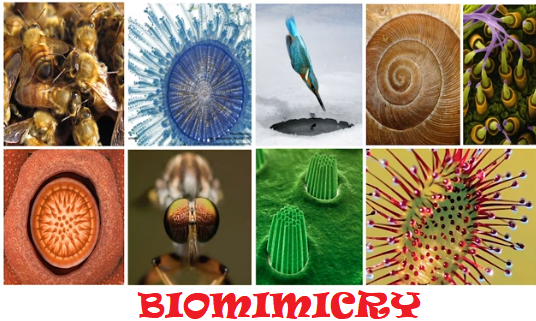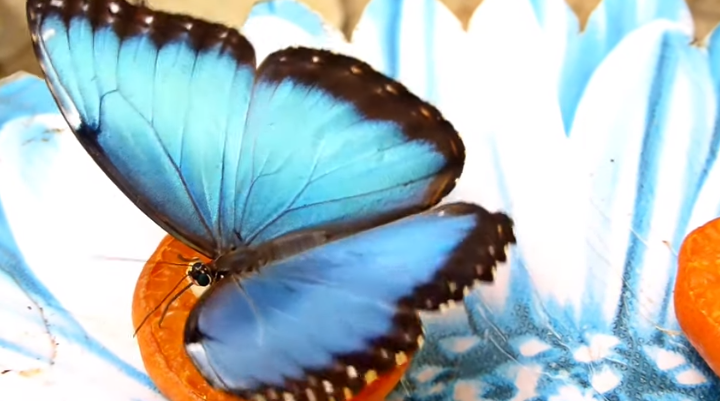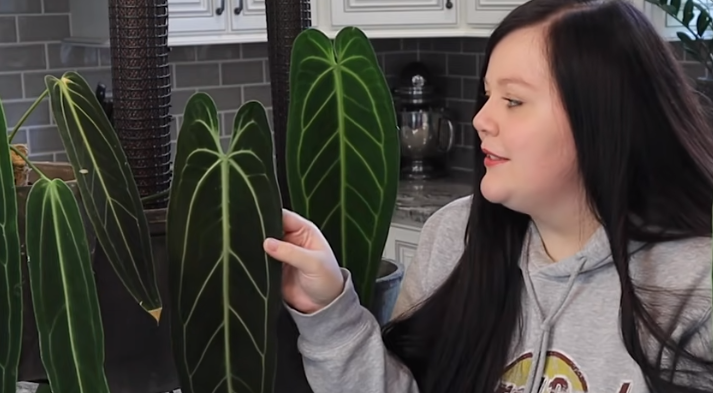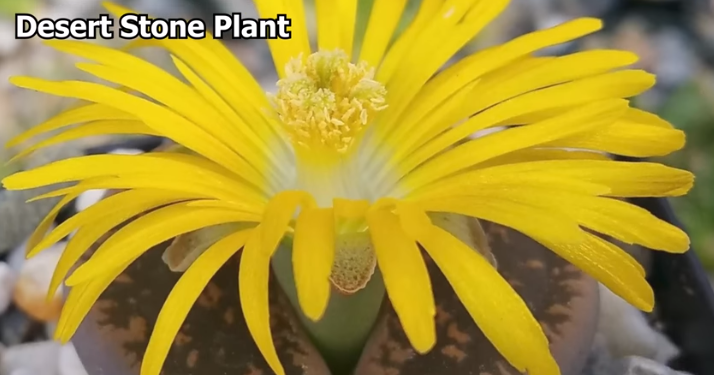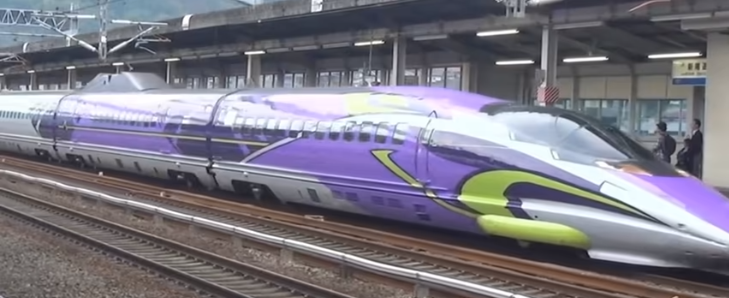We usually study to learn the same kind of technologies, but we don't even bother introducing emerging technologies to our children. One such emerging technology is Biomimicry. It means studying and learning from the things in nature and mimicking our technologies similarly. It means stealing ideas from nature.
When nature designs something, it designs it in a closed loop, but when we design something, it is not in a closed loop. For instance, we did industrialization and emitted Carbon Dioxide into the atmosphere. How will we control it or use it? We don't know. It means our technology is very immature compared to that of nature because it doesn't support different types of species and ecosystems. So, when we made a new technology, its negative impact on different species and us came into being.
Now, we have to make eco-friendly technologies that don't have side effects on our earth and nature makes such kinds of technologies. We know that a butterfly usually has a blue color, but you know that a butterfly doesn't have any kind of blue color. If you zoom the wings of a butterfly, you will see the structure that reflects the blue color, and that's why the butterfly, peacock, and other birds seem to be blue. In fact, they don't have any blue color, but when a human makes blue color, they use poisonous chemicals, and it harms our atmosphere.
Therefore, we need to learn that when nature makes blue or any other color from pigment due to structural characteristics. Then why should we not develop such technologies that have zero negative impact on the environment?
Let's take another example of the Bark Beetle. It can detect fire 80 kilometers away because it lays eggs in the burnt trunks of the trees to produce its offspring. Therefore, it has water pockets in its body.
It not only detects fire from the front but can also detect fire from all sides, whether the fire occurs at its back or at any other side at a distance of 80 kilometers. It detects fire and moves in its direction, but smoke detectors and fire detectors are new technologies, and their cameras need a line of sight. It means the camera will only detect fire when the camera watches the fire; otherwise, it can't detect the fire. Bark beetles can detect fire at a distance of 80 kilometers, even if the fire is behind their backs, and it is ten thousand times better than smoke and fire detectors.
There is a rainforest plant known as Queen Anthurium. One of its best features is that it needs very little light to survive. Small lenses are installed on its leaves. These lenses focus a small amount of light on the chloroplast to produce food with the help of photosynthesis and sustain life. Now, scientists use this technology in their different inventions. Due to industrialization, we have produced such things that are hazardous to other species.
Michael Pawlyn is a British architect. He builds very big and futuristic types of buildings. He is an innovator as well as an architect. He has recently written numerous books. He thinks that we should learn everything from nature and design them in the same way. He has developed an office just like the veins in a leaf. He says that it is a very good structure on various bases. Whenever he designs any structure, he also includes a biologist in his team to tell them how to do biomimicry. He had to build a very big building in London called the Reef Center. It has to be designed so that daylight can be used to the maximum, and the use of artificial light in it can be decreased to a minimum.
For this, they studied an organism called Spook Fish. It lives deep in the sea water but it can see even if the light is very poor. It has a specialized mirror in its eyes which focuses a very small amount of light on its retina to see and live its life normally. From it, they took architecture.
Then they studied a starfish called the Brittle Star. This starfish lives deep in the water. It can live 500 meters under the water. It has photo receptors on its skin. Besides this, Michael Pawlyn and his team studied numerous such species that helped them in their design, and then they designed the auditorium.
For a passive cooling and heating system, he studied termites. A passive system doesn't need electricity. Termites make very big houses, even higher than human height, having the best cooling and heating systems.
Kingfisher is a small bird. Decorated with blue, green, white, and red colors, this lovely bird is a masterpiece of nature. Kingfisher usually likes to eat small fish. It sits above the reservoir of water and watches the fish carefully. Then suddenly it jumps into the water and catches fish in its long beak and returns. This is a miracle of nature. When Kingfisher enters the water from the atmosphere, it doesn't make any sound. It may be a normal thing for most people, but this soundless entry of Kingfisher into the water has brought a revolution in the speed and sound of the bullet trains.
High-speed trains began in Japan in 1964. Osaka and Fukuoka are two big cities in Japan and a train track of 1500 kilometers joins them on which bullet trains run. 64 million people travel on these trains daily. Japanese Government began to receive complaints from the people when fast trains go out of the tunnels, due to a change in air pressure, a blast occurs in which people become disturbed in the vicinity.
Sometimes the noise is loud enough to interrupt the sleep of the people and shake doors and windows. Eiji Nakatsu was the Technical GM of the bullet trains. The government tasked him to tackle the problem of the noise that the bullet trains create. It was an extremely difficult task. Nakatsu didn't know what to do. He did different experiments but failed. He was an engineer, but he also had a hobby of birdwatching. He pondered over birds. For this purpose, he used to go into the forest, watch birds with the help of telescopes, record their sounds, and usually make videos. He remained busy studying and researching their speed and habits for hours at home. One day, he suddenly saw a Kingfisher. This innocent bird was busy hunting fish. He made its video. While studying the video of the Kingfisher, he learned that when the bird enters the water, it doesn't produce any sound. He studied it for hours but didn't get anything from it. He shared this with his team in the office and asked them to research. Ten young engineers worked hard for two months and found an amazing answer. Kingfisher has a long beak. The bird first puts its beak into the water and then dives. Its beak makes enough space before it dives, and that's why no sound is produced.
Eiji requested the government to make the front part of the bullet train like Kingfisher's beak if they wanted to eliminate the noise, and within five years, the fastest bullet train came into being in 1997. Its front part was completely like the beak of a Kingfisher, due to which the sound blast caused by a change in air pressure was almost eliminated. Its speed increased up to 300 kilometers per hour, and the consumption of energy decreased by 40 percent. Now, this fastest train has become a symbol of development in the world. This is how Biomimicry has made the life of humanity better.
Thus, Biomimicry is one of the best emerging technologies for the future. Therefore, if your children don't know about Boimimicry, then it is time to tell them what is Biomimicry and how it is going to change our lives positively in the future.

